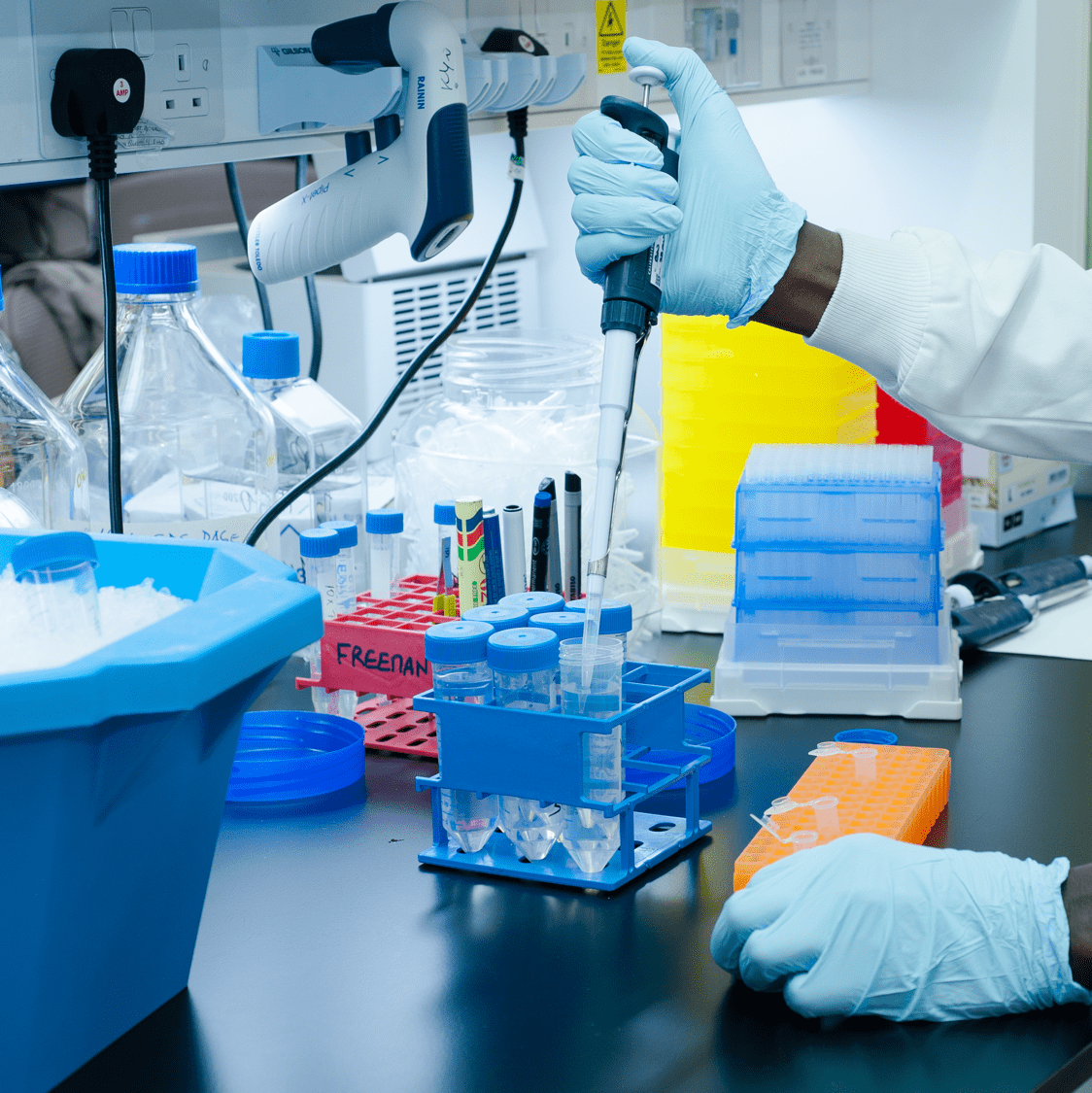WP7: Streamlining Access Procedures for Pioneering Structural Biology Methods


WP7: Streamlining Access Procedures for Pioneering Structural Biology Methods
The key focus of Work Package 7 was streamlining procedures for several uncommon or unique technologies available through Instruct. Increased demand for these services required increased standardisation and robustness of access processes.
In Task 7.1, procedures for methyl specific labelling were established to allow in vitro and in cell analyses of large molecular complexes by NMR, permitting direct correlation with results obtained on the same sample by electron microscopy.
In Task 7.2, a workflow was developed to improve the efficiency of production of integral membrane proteins, normally a slow trial-by-error manual process. Targets enter this workflow and proceed through a structured protocol where various parameters are tested in logical stepwise manner in bacterial, insect and mammalian cells.
In Task 7.3, the repertoire of applications for nanobodies was increased, thereby widening its user base. Nanobodies have already shown huge potential as crystallisation chaperones for membrane proteins. Here we simplified the isolation of binders from nanobody phage display libraries and established new applications as intracellular fluorescent biosensors.
Progress has been made in the development and exemplification of streamlined protocols for membrane protein production for structural studies.
The expression of six integral membrane proteins (list) was compared in both insect and mammalian systems. Appropriate expression vectors were constructed for each target that added a C-terminal GFP fusion protein and his8 tag to each full-length sequence. Fusion of the proteins enabled quality assessment of the purified proteins by SDS-PAGE visualised by in-gel fluorescence to assess integrity of the sample and Fluorescence Size Exclusion Chromatography to determine homogeneity. The results indicated that expression host, culture temperature and detergent used for extraction/solubilisation all affect sample integrity and homogeneity. In this study, the system that gave good results for all the proteins was transient expression in Hi5 cells and extraction/solubilsation in the presence of cholesterol.
A fast, high throughput method using sensitive fluorescent fusion protein was established for efficient analysis of expressible constructs and production of membrane proteins in high five insect cells using small scale plasmid-based transient gene expression (TGE). A proof of concept using the selected integral membrane protein constructs was successfully accomplished, allowing invitation of ß-test users to send in their application for screening and production of membrane proteins in High Five insect cells. The selected pilot project was used to test the pipeline for expression of a membrane protein by TGE in High Five insect cells.
